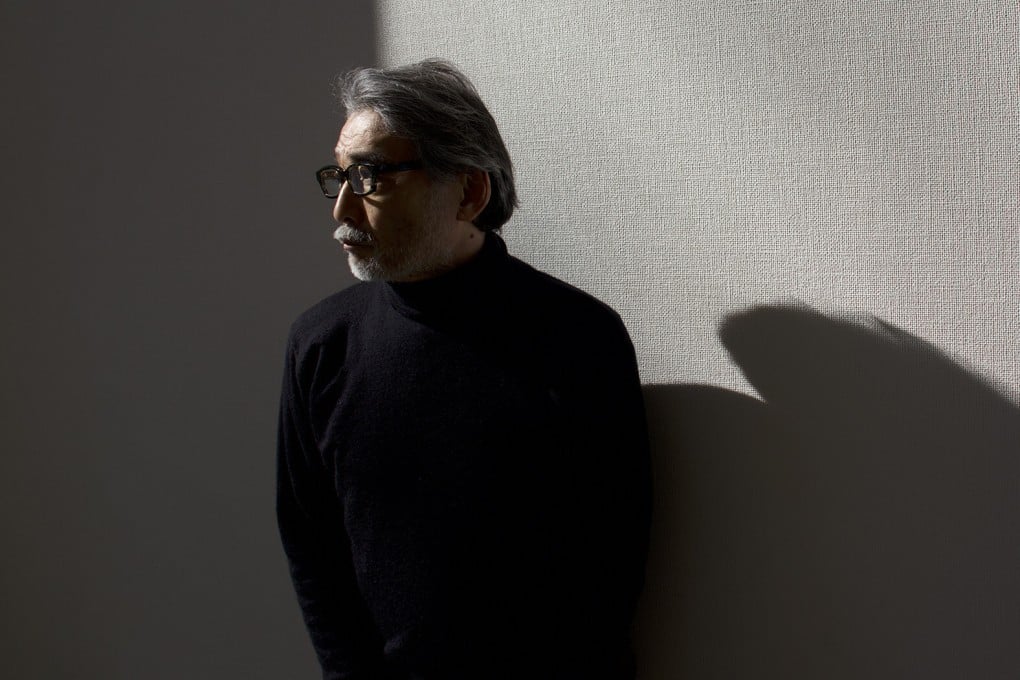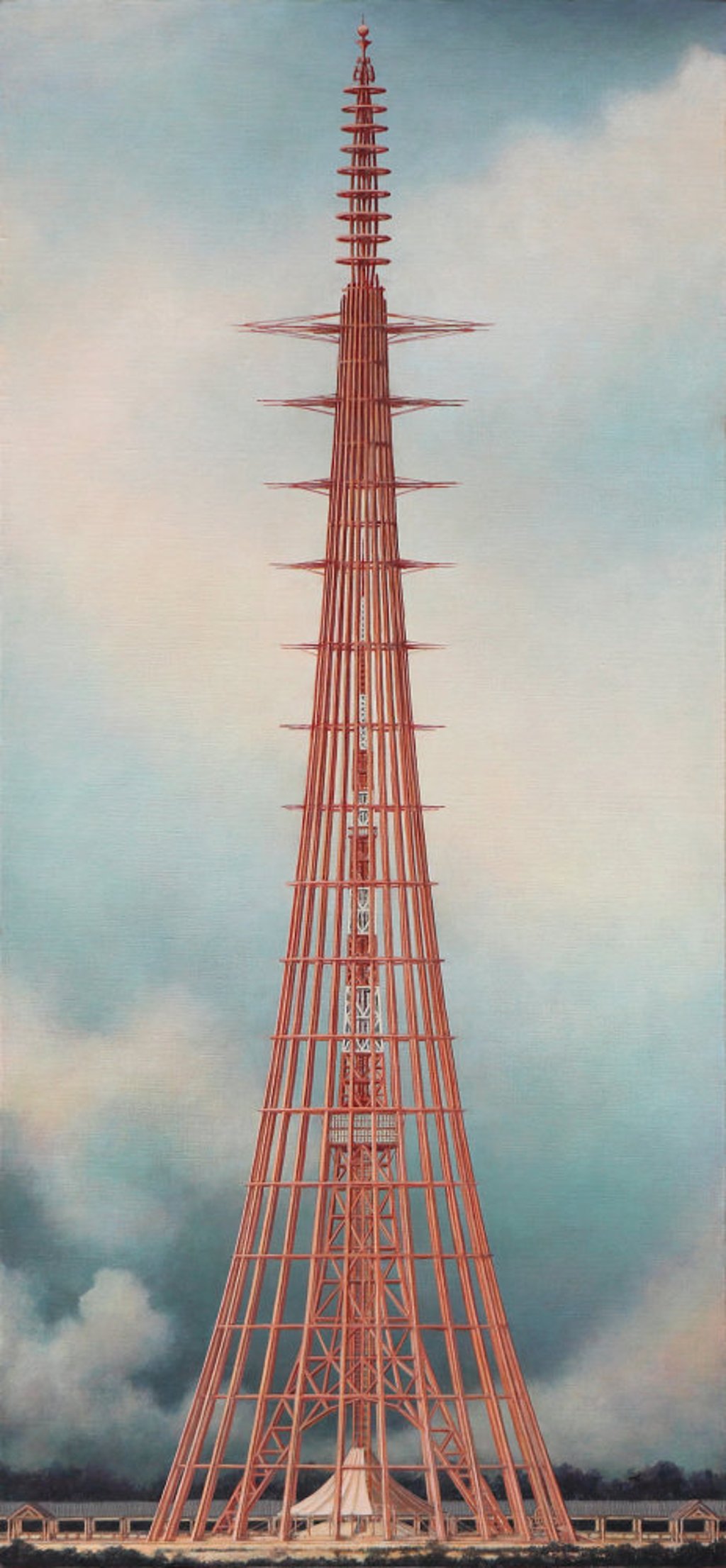Master of shade and shadow Minoru Nomata’s unbuilt architecture art depicts awe-inspiring imaginary structures in precise detail
- Japanese artist paints canvases of monumental, imaginary structures without a human in sight, rendered with an architect’s accuracy
- Amid his towers without function and fantastical follies are works inspired by a visit to Hong Kong, where a selection of his works is on show at White Cube

Players of the visually stunning, and addictive, video game Monument Valley will have a sense of déjà vu upon entering the world of Japanese artist Minoru Nomata. His are landscapes of awe-inspiring unbuilt, and seemingly improbable, monumental structures.
With a career spanning several decades, Nomata, born in 1955, offers glimpses of what might be a familiar yet alien long-lost civilisation or parallel universe. Architects and illustrators will appreciate the realism and accurate rendition of textures, shade and shadow that show the modernist influences of Charles Sheeler, the American Precisionist.
Precisionism, an art movement that emerged in the early decades of the 20th century, venerated the machine age and, by extension, the erasure of people.
While some of Nomata’s work features mysterious monolithic towers with no apparent function, others depict vertical follies supported by complex wrought-iron structures that evoke visions of a long-lost World’s Fair expo or a precursor to the Eiffel Tower.

Several of these compositions depict what might be kinetic sculptures of found objects constructed by a lonely castaway on a desert isle. Most of his pieces have a strong vertical focus with solid grounding, and all leave the viewer with more questions than answers.